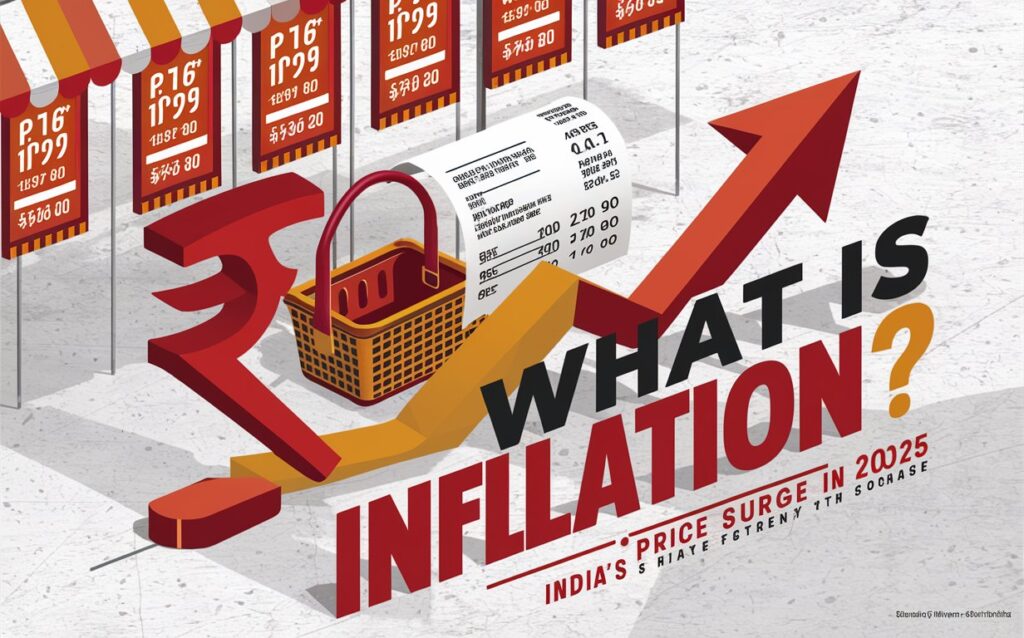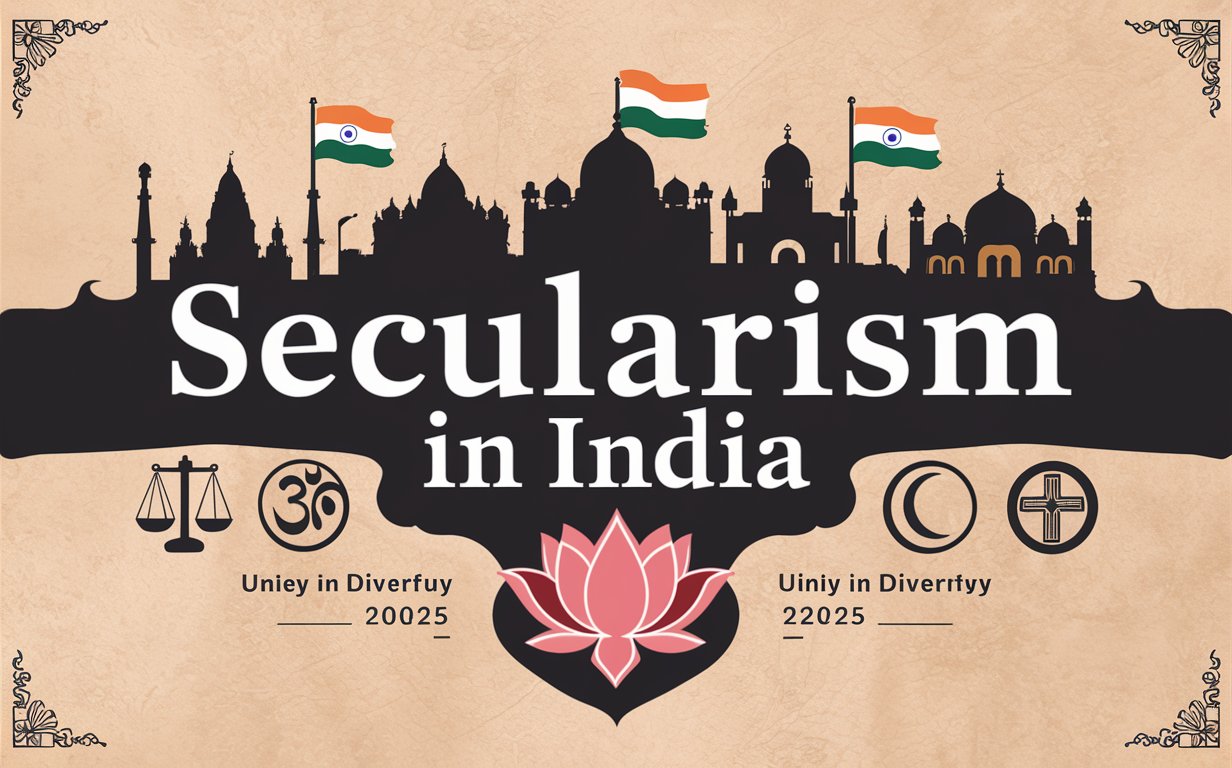🧾 What Is Inflation? Understanding India’s Rising Prices in 2025
Inflation in India is one of the most talked-about economic issues in 2025, affecting everything from your daily vegetables to housing loans. Whether you are a consumer, student, business owner, or policymaker, understanding inflation is crucial in this dynamic economic climate.
From onion prices to petrol hikes—inflation touches every Indian’s life.

📈 What Is Inflation?
Inflation is the rate at which the general level of prices for goods and services rises over a period of time. It means that your money buys less than it used to.
There are two primary types:
- Demand-pull inflation: When demand exceeds supply
- Cost-push inflation: When production costs rise (e.g., fuel, labor)
India measures inflation mainly through:
- Consumer Price Index (CPI) – affects the common man
- Wholesale Price Index (WPI) – used by businesses
In 2025, the CPI inflation rate fluctuates around 5.4%, making headlines every month.
🛒 What Causes Inflation in India?
Several factors influence inflation in India:
- Global oil price rise impacts transport and commodity costs
- Monsoon irregularities affect agriculture output
- Rupee depreciation increases import costs
- Supply chain disruptions from geopolitical events (e.g., Red Sea crisis)
- Increased public spending and fiscal deficits push prices upward
Events like the Russia-Ukraine war, climate-related crop damage, and OPEC oil cuts all contribute to rising inflation.
🏦 RBI’s Role in Controlling Inflation
The Reserve Bank of India (RBI) uses monetary policy tools to manage inflation:
- Repo Rate: Interest rate at which banks borrow from RBI
- Cash Reserve Ratio (CRR): Amount of money banks must keep with RBI
- Open Market Operations (OMO): Buying/selling government bonds
When inflation rises, the RBI usually increases repo rates, making loans costlier and slowing down spending. In 2025, the repo rate is 6.75%, up from 6.5% last year.
🧮 How Inflation Affects You
Inflation has both visible and hidden impacts:
- Groceries and essentials become more expensive
- Savings lose value over time if returns don’t match inflation
- EMIs and home loans increase if interest rates go up
- Businesses face higher input costs and reduced profits
- Fixed-income earners (like pensioners) lose purchasing power
In India, middle-class households are hardest hit when food inflation spikes.
🪙 Government Measures to Tackle Inflation
The Indian government implements fiscal and policy tools:
- Subsidies on fuel, fertilizers, and food through PDS
- Buffer stock releases of wheat, rice, and pulses by FCI
- Ban or limit on exports (e.g., onions) to stabilize domestic prices
- GST adjustments on essential goods
- Digital price monitoring tools like the Price Stabilization Fund Dashboard
In 2025, schemes like PM Garib Kalyan Yojana help mitigate inflation’s effect on vulnerable groups.
🌍 Inflation and the Global Economic Context
Inflation is not only an Indian issue. Across the globe in 2025:
- USA faces inflation due to rising wages and housing
- Europe deals with energy price spikes
- Japan faces imported inflation due to weak yen
- Developing nations like Sri Lanka and Argentina are hit hardest
India’s inflation must be understood in this global framework where interconnected markets affect domestic prices.
📌 Conclusion: Inflation in India—An Unseen Tax You Can’t Ignore
Inflation in India acts like a hidden tax, silently eating into savings and income. While central banks and governments try to manage it through policies, individuals must stay informed, save wisely, and plan investments accordingly. In 2025, knowing inflation isn’t enough—you must understand how to navigate it.
DoFollow External Links:
- https://rbi.org.in (Reserve Bank of India)
- https://mospi.gov.in (Ministry of Statistics & Programme Implementation)
Internal Links:
- 📉 India’s Unemployment Crisis 2025: The Harsh Truth Behind Jobless Growth
- 📉 Stock Market Crash 2025: What Triggered India’s Sudden Financial Meltdown?



Post Comment